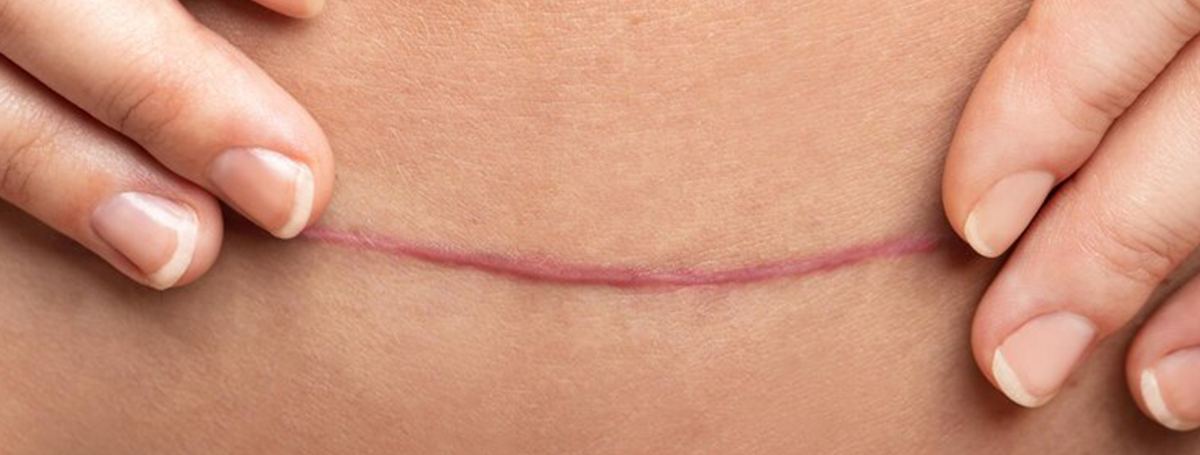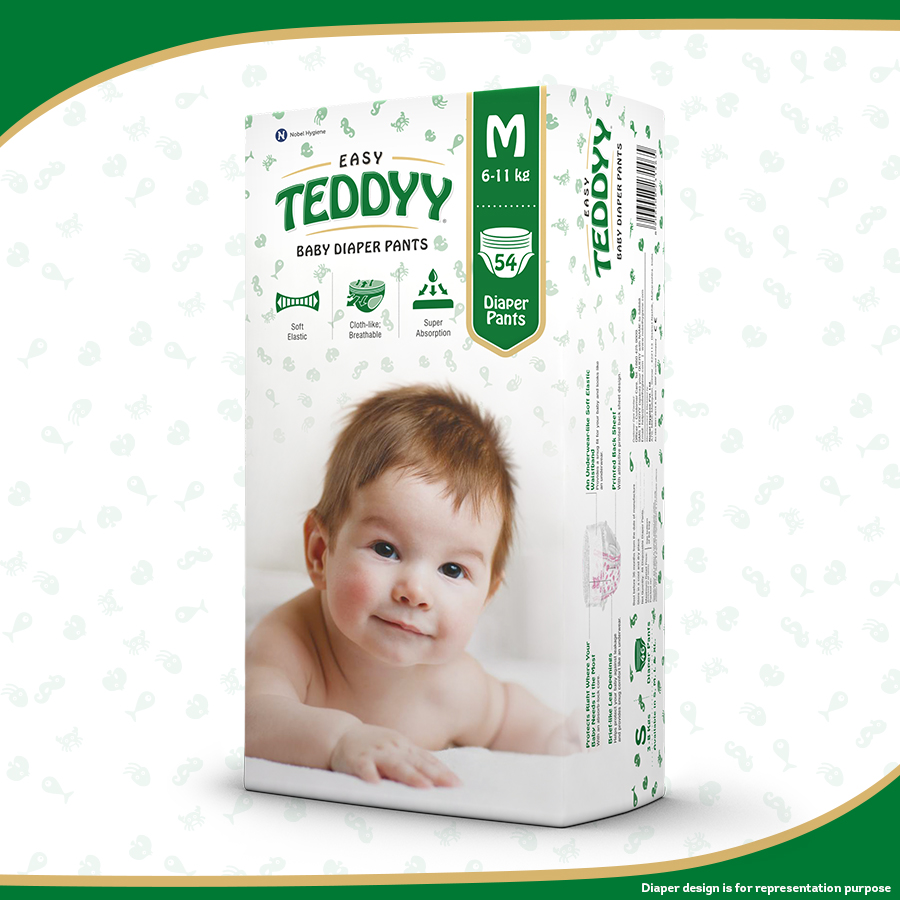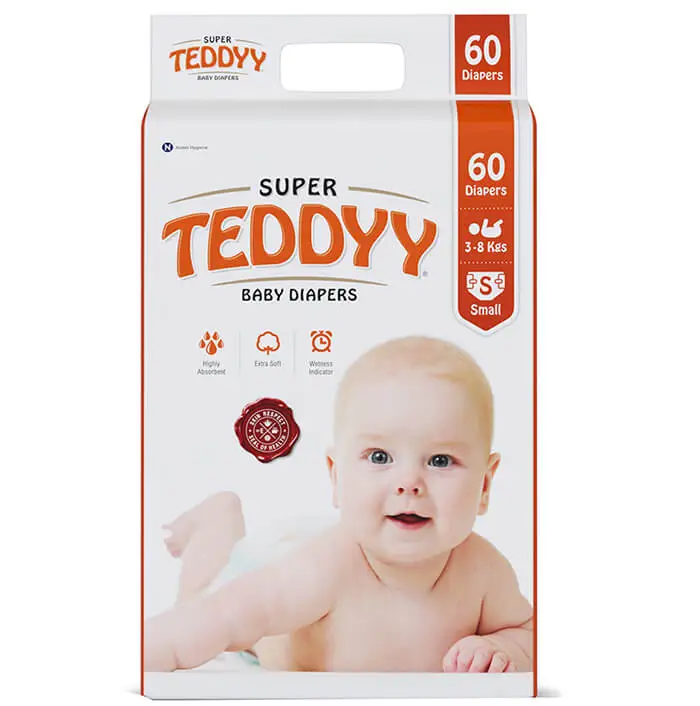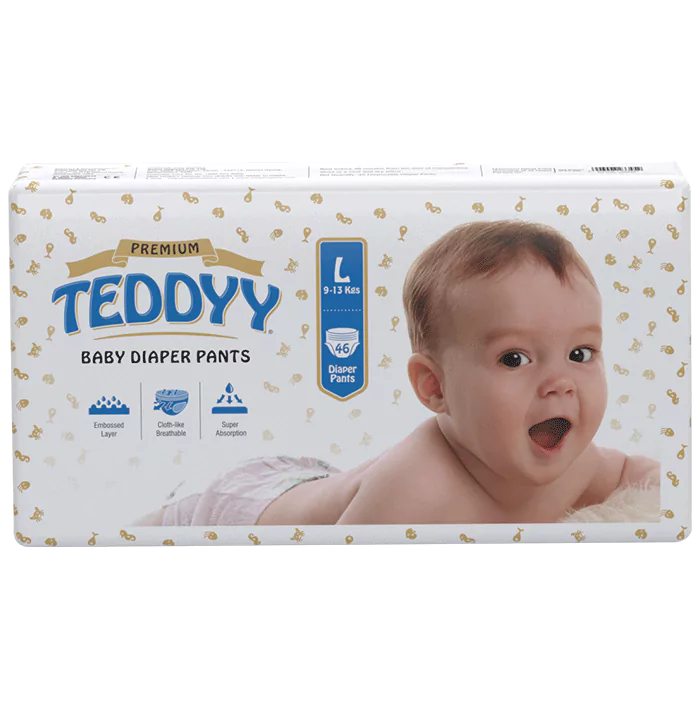C-Section Stitches Types, Techniques and Recovery
One of the biggest fears of a woman is the labour pain during childbirth. Almost all of us are worried if we can bear the pain of pushing a baby out of our vagina. And what if vaginal birth is not possible and we have to undergo a c-section? These fears intensify manifold during pregnancy, and it’s okay to think of yourself and your pain more than your child. After all, a mom-to-be is a human too.
It’s also completely okay to voluntarily want to have a c-section instead of vaginal birth. But first, let’s thoroughly understand what a c-section is. You can discuss it with your doctor and decide what you want later.
A C-section, short for Cesarean section, is a carefully orchestrated surgical procedure where your baby is delivered through an incision in your abdomen and uterus. It is a common procedure designed to prioritise your and your baby’s safety and well-being.
Types of C-section Incisions
Let’s explore the different types of C-section incisions.
Classical Incision:
- A vertical incision is made in the middle of the abdomen and uterus.
- Typically used in emergencies or with certain medical conditions.
- Healing may take longer compared to other types of incisions.
Low Transverse Incision:
- This is the most common type of incision and is also known as a “bikini cut”.
- Made horizontally just above the pubic hairline.
- Allows for quicker recovery and reduces the risk of complications during future pregnancies.
Low Vertical Incision:
- Similar to the low transverse incision, but made vertically instead of horizontally.
- May be chosen based on surgical considerations or previous abdominal surgeries.
- Healing time and recovery are generally similar to low transverse incisions.
T Incision (Inverted T or J Incision):
- A variation of the classical incision where an additional vertical incision is made at the top.
- Used in complex cases or when more access to the uterus is needed.
- Requires careful monitoring and may have a longer recovery period.
Remember, each type of incision is carefully chosen based on individual circumstances. Your healthcare provider will pick the best option for you.
How Many Stitches in C-Section Delivery?
Once the incision is done and your baby is taken out of your womb, the doctors will decide on the type of closure that is required. In case of c-section stitches, your doctor will take a call on the number of stitches needed. However, it might be possible that you don’t need stitches at all. Read through the next section to understand the types of C-section closures so that you can be prepared.
Types of C-section Closures
Here’s a list of the C-section stitches types.
Staples:
- Often used for temporary closure immediately after the surgery.
- Quick to apply and remove, reduces surgical time.
- May cause discomfort and leave visible marks on the skin.
Sutures or C-Section Stitches:
- Most commonly used for closing the incision.
- Absorbable sutures gradually dissolve over time, eliminating the need for removal.
- Non-absorbable sutures may require removal after the incision has healed.
Surgical Glue (Dermabond):
- A liquid adhesive is applied to the incision site.
- Forms a protective barrier over the wound, promoting healing.
- Generally used for smaller incisions, minimizes scarring.
Steri-Strips:
- Thin adhesive strips are placed over the closed incision.
- Help support the wound and reduce tension on the skin.
- Typically used in combination with sutures or surgical glue.
Your healthcare provider will choose the most suitable option of the C section stitches types you need based on factors such as the type of incision, your skin type, and any potential allergies or sensitivities. Rest assured, whichever method is used, your well-being and comfort are paramount, ensuring a smooth recovery process.
Our Products
General Care for a C-section Incision
It’s normal to experience some discomfort after a C-section. Here’s how to care for a C-section incision:
Incision Care:
- Use mild soap and water to clean the incision site daily. Pat dry with a clean towel.
- Refrain from using harsh cleansers or scrubbing the incision area.
- Ensure the incision remains dry, especially after showering or bathing, to prevent infection.
Pain Management and C Section Healing:
- Take prescribed pain relievers as directed.
- C section internal stitches healing time varies for each person. So, allow yourself ample time to rest and avoid strenuous activities that may worsen discomfort.
- A warm compress to the incision area can help alleviate pain and promote relaxation.
Activity and Mobility:
- Start with gentle activities, such as short walks around your home, and gradually increase the duration and intensity as tolerated.
- Pay attention to any discomfort or fatigue and adjust your activity level accordingly.
Possible Concerns After a C-section
- Pain and Discomfort: It’s common to experience pain and discomfort around the incision site, which can be managed with prescribed pain relievers and gentle care.
- Infection: Monitor the incision for signs of infection, such as redness, swelling, or discharge, and notify your healthcare provider if you notice any concerning symptoms.
- Emotional Adjustment: Be mindful of your emotional well-being and seek support from loved ones or healthcare professionals if you’re feeling overwhelmed or anxious.
- Physical Limitations: Allow yourself time to heal and avoid overexertion, especially in the early stages of recovery. Listen to your body and rest as needed.
Conclusion
Remember that C section internal stitches healing time varies based on a lot of factors. Your journey through C-section recovery is one marked by strength and resilience. Embrace each step with patience and self-compassion. Know that you’re never alone; support and guidance are readily available. Trust in your body’s ability to heal, and lean on your support system for comfort and encouragement. Oh! And you have one less worry now with TEDDYY diapers. Its super absorbent material keeps your baby rash-free and protected. Buy diapers online now! Happy parenting!


Absorbable sutures are often preferred for C-sections, as they dissolve over time, reducing the need for removal and promoting healing. However, your healthcare provider will choose the most suitable stitches for you.
Sutures, both absorbable and non-absorbable, are commonly used for C-section closures, ensuring proper wound healing and minimising complications.
Common types of C-section incisions include classical (vertical), low transverse (horizontal), and low vertical incisions.
The four categories of C-sections are classical incision, low transverse incision, low vertical incision, and T incision (inverted T or J incision). Read the blog for more details.





